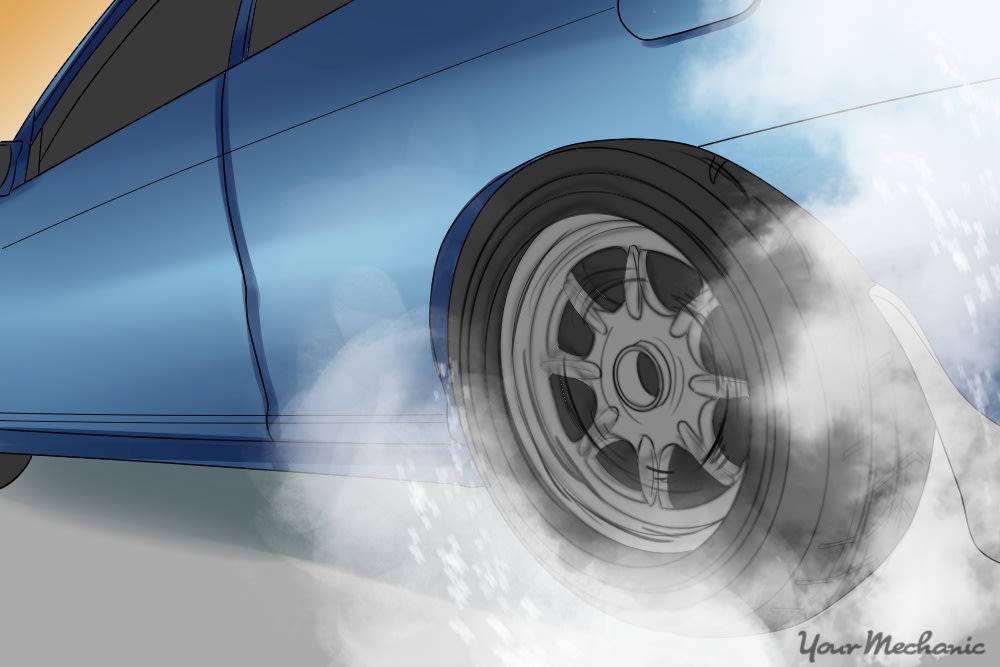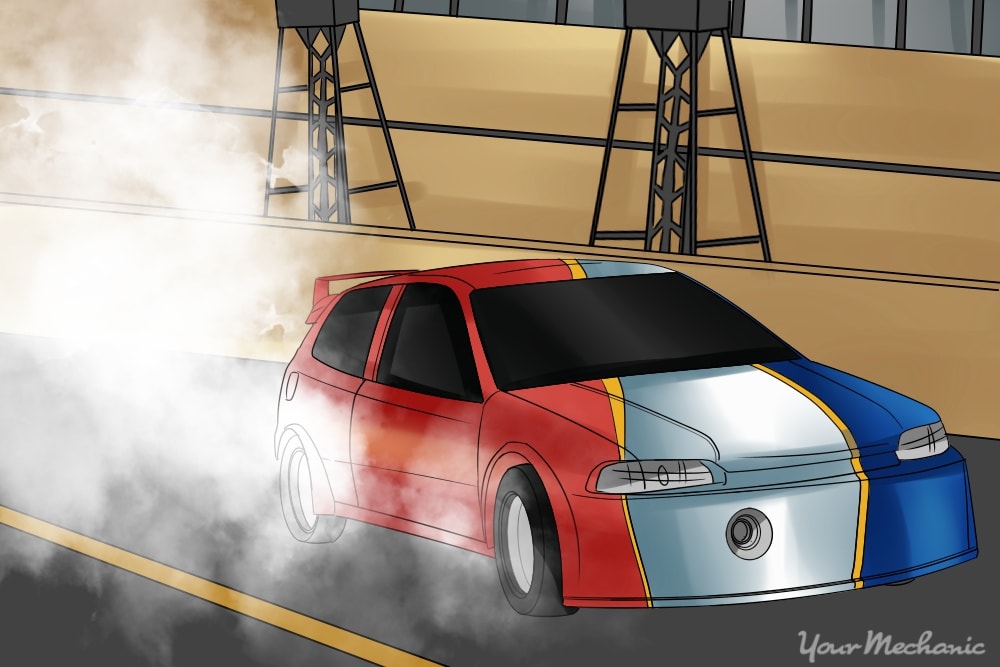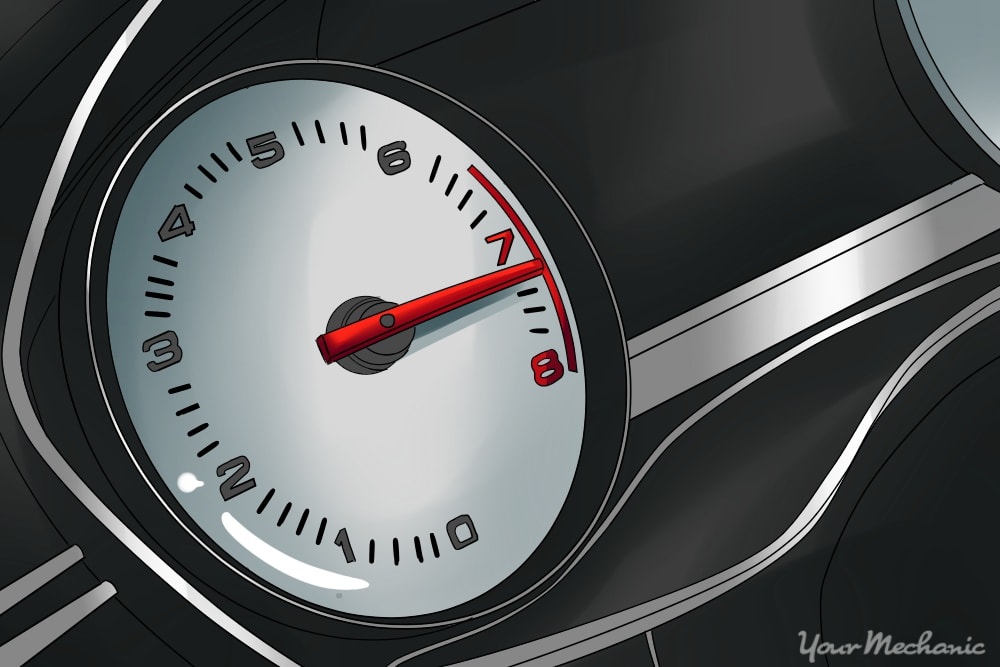

Almost everyone who has seen an action movie or watched a high-speed car chase, has seen someone perform a burnout before taking off. A burnout occurs when the power going to the car’s wheels makes them lose traction with the road, making them spin in place, kick up dirt, smoke, and the occasional chunk of rubber. The car moves a little bit forward while the burnout happens, then the wheels regain traction, and the car accelerates.
This is obviously very unsafe, and it is not great for your car either. However, if you are dead-set on doing a burnout in your own manual-transmission vehicle, there are a few ways in which you can perfect your burnout technique.
Part 1 of 2: Before attempting a burnout
Step 1: Check if your car is capable of performing a burnout. Most modern cars can perform a burnout, but there are a couple of requirements.
The engine needs to make a suitable amount of torque for the wheels to lose traction. Cars with less than 150 horsepower, especially heavier ones like vans and family cars, may be unable to perform a burnout. Luckily, most cars with small engines have tires that are on the thinner side.
- Note: Tires that are particularly wide or sticky may prevent a burnout. The traction generated would prevent the wheels from spinning in place. This would only happen with large off-road wheels or performance tires.
Your car’s engine, transmission, and clutch should be in good working order before attempting a burnout. A slipping clutch or lack of power could prevent a burnout.
Step 2: Find a good space to practice your burnout technique. Avoid performing a burnout on open roads. In most areas, doing a burnout, even on a rural road, can get you a significant ticket. To add to this, most roads are too narrow to practice a burnout safely.
- Warning: Performing a burnout tends to make the car steer unpredictably, which makes driving off the road more likely.
If there is a drag racing strip near you, check if they host events where drivers can take turns to see how fast their cars can go. These tracks usually have a special patch of pavement made to perform burnouts on, and the coating of rubber residue will help your car to lose traction. This may also be the only place where you can do a burnout safely and comfortably.
Most parking lots are open and accessible. They tend to have enough space to practice a burnout; though random light poles and cement curbs may pose a threat to your car if things go awry.
- Warning: It is illegal to trespass and drive recklessly in privately owned lots.
Part 2 of 2: Performing a burnout
Step 1: Park your vehicle in a safe spot. Park in a spot where you do not need to apply the brake to stay in place. The ground should be level for the best results.
Make sure that the wheels do not come in contact with a curb and are on pavement. Ensure that the front wheels are pointing point straight when you begin the burnout, otherwise the car may veer off or go into a spin.
- Tip: Don’t worry if the pavement is damp, or if there is dirt or sand present. This will reduce the amount of traction the tires can get and make the burnout slightly easier to execute.
Step 2: Warm your engine. Shift your transmission into first gear, and give the engine a few revs to get it warmed up. Rev the engine up to within 800 RPM of the redline on the tachometer.
When you release the clutch, the car will go into gear, the wheels will not get immediate traction and will perform a burnout before accelerating the car forward.
Warning: Make sure your engine is warm before attempting this, as it does put some strain on the drivetrain.
Note: If your car is a rear-wheel drive, the rear end will probably move from side-to-side when the tires lose traction. This is called “fish-tailing”. Each car has its own character, and keeping a car moving straight is part of refining your burnout technique.
Tip: If you are making multiple burnout attempts, drive around slowly in-between to cool off the tires. Warm tires are stickier and make burnouts more difficult.
Performing a burnout is not an exercise in finesse or self-control. If it feels like this aggressive driving is ruining your car, then it probably is. If you notice that your tires are wearing out unevenly or you feel as if the tires need to be rotated, consult a certified mobile mechanic from YourMechanic. Try performing a burnout in your vehicle and if you find that you like it, join a drag racing club or car club where you can perform more burnouts in a controlled environment.





